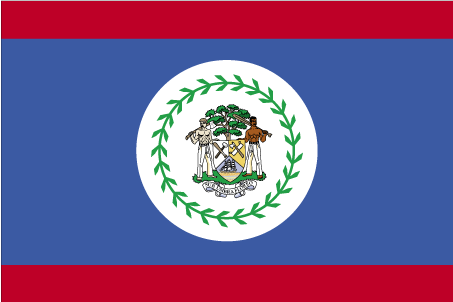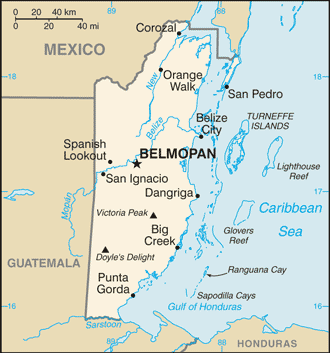Investing in Belize


Tourism is the number one foreign exchange earner in this small economy, followed by exports of marine products, citrus, cane sugar, bananas, and garments. The government's expansionary monetary and fiscal policies, initiated in September 1998, led to GDP growth averaging nearly 4% in 1999-2007. Oil discoveries in 2006 bolstered this growth. Exploration efforts have continued and production has increased a small amount. In February 2007, the government restructured nearly all of its public external commercial debt, which helped reduce interest payments and relieved some of the country's liquidity concerns. Growth slipped to 0% in 2009 and 1.5% in 2010 as a result of the global slowdown, natural disasters, and the drop in the price of oil. With weak economic growth and a large public debt burden, fiscal spending is likely to be tight. A key government objective remains the reduction of poverty and inequality with the help of international donors. Although Belize has the second highest per capita income in Central America, the average income figure masks a huge income disparity between rich and poor. The 2010 Poverty Assessment shows that more than 4 out of 10 people live in poverty. The sizable trade deficit and heavy foreign debt burden continue to be major concerns.
Central Bank of Belize - http://www.centralbank.org.bz/
Countries that border Belize: Mexico | Guatemala
Learn more:
Back to Country Investing



